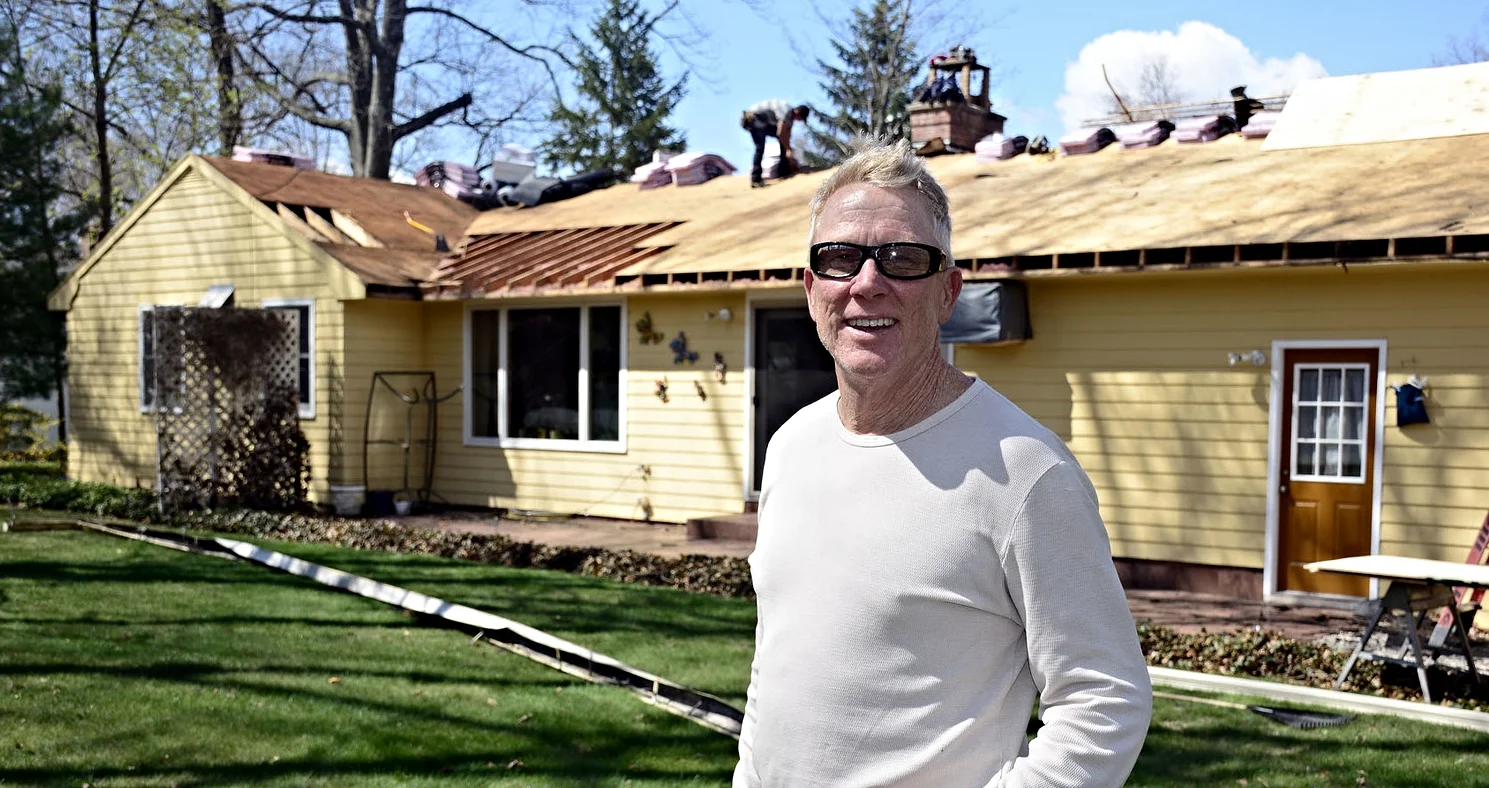Moisture Problem Under the Roof? Look to Your Plywood For Answers
Chelsea O'Donnell
I just finished a job for a homeowner, who after 30 years, was in need of a new roof. After removing the old roof, I brought his attention to something that was no surprise to me but came as a shock to him. All the plywood was completely rotted and I don’t mean just a sheet or two. The roof was hiding an entire houseful of black, rotten wood.
The homeowner couldn’t believe it. He asked me how the plywood could be so damaged if he had never had a roof leak. The answer is quite simple and a lot more common than you think. The reason this house had so much damage is the same reason that three-quarters of the roofs I replace need new plywood. The attics don’t have enough insulation and aren’t well ventilated which can easily cause deterioration from the inside out instead of the other way around.
With a roof, airflow is absolutely crucial. Attic ventilation allows your home to “breathe” by taking in the air and letting it out. Too many homes that I work in aren’t properly ventilated, in fact, most have their house vents going into the attic instead of outside! Bathroom vents are often directed into the attic and some people even point their dryer vents into the void. All of that additional moisture has nowhere to go, so it gets trapped and absorbed by the wood. After years of decay, the plywood is no longer solid like it should be.
In the colder months, I even see frost on the plywood in the attic because it’s not properly ventilated and it’s certainly not insulated. Insulation and ventilation work hand in hand - the ventilation controls the air flow and the insulation controls the temperature. You’re probably familiar with insulation - it’s is a cotton-looking fiberglass material that often comes in pink or yellow rolls. It can also be loose-filled into tough to reach areas with a blowing machine. Remodeling professionals use insulation between walls, in attics and in basements to retain heat in the house in the winter and keep it cooler in the summer. However, without proper ventilation, the insulation is just as susceptible to moisture and deterioration as the plywood.
My customer didn’t venture into his attic, so he never noticed the problem. What he thought was a simple roof replacement ended up being a bigger job simply because, after years of decay, the plywood he had was no longer strong enough to properly support the new roof. Ignoring the problem would have voided the roof’s 30-year warranty.
The lesson for this week? If you’re going to reroof your home, make sure that the plywood is healthy and that your contractor has given you a thorough plan to ensure that your home is properly insulated and ventilated. It might cost a bit more today, but it will regulate the heat and cooling in your home for years to come, saving you on energy costs and giving you more comfort as well as peace of mind for the health of your house.
Bob O'Donnell is the owner of O'Donnell Bros, Inc., a Bristol-based home improvement company established in 1975. Email your questions for Bob to info@odonnellbros.com with the subject line “Ask the Pro”. All questions may be considered for publication. To contact Bob for your remodeling needs, call O'Donnell Bros, Inc. at (860) 589-5155 or visit www.odonnellbros.com. Advice is for guidance only.
